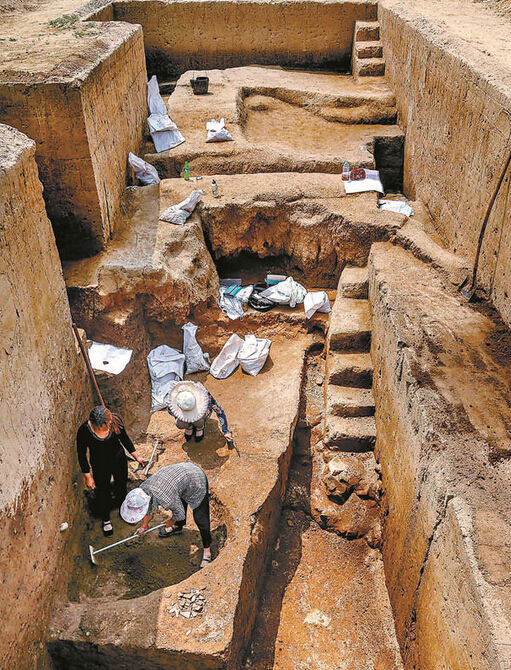2,000-year-old seeds found in ancient Chinese tomb
More than 100 plant seeds dating back 2,000 years have been unearthed from an ancient tomb in northern China’s Inner Mongolia Autonomous Region, archaeologists said.
According to the regional institute of archaeology, the discovery was made during the excavation of a civilian tomb, dating between the middle and late Western Han Dynasty (206 B.C.- 25 A.D.) and early Eastern Han Dynasty (25 A.D. – 220 A.D.), in Dengkou County, western Inner Mongolia.
The half-moon-shaped seeds were found on the east side of the female tomb owner’s head. They gathered in a round shape with a diameter of eight centimeters.
They look like modern pomegranate seeds, but archaeologists have not concluded what they are.
A rusted bronze seal was also found in the same tomb.
Further 18 single-chamber brick tombs were also unearthed. Scattered among sand dunes, the tombs were not well preserved, with most of their tops being exposed to air.

